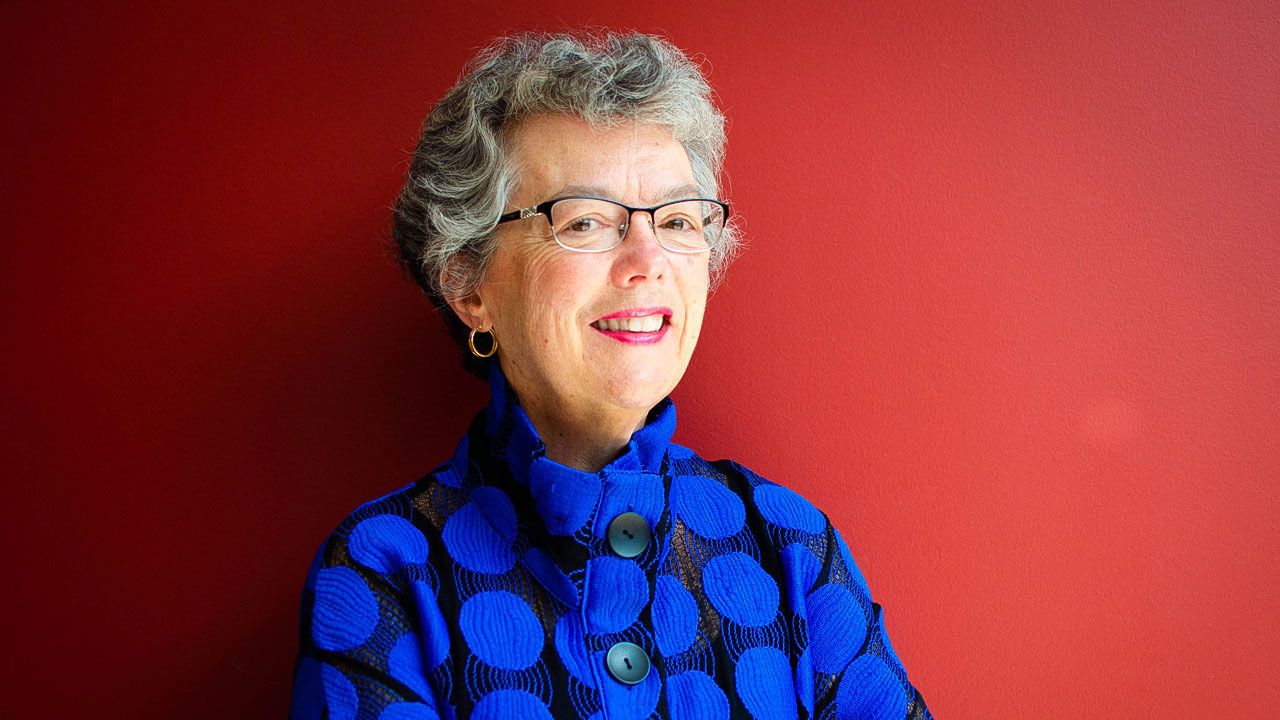This week, a grim drumbeat of reports revealed that COVID-19 is devastating many minority communities. For example, black people comprise 32% of Louisiana’s population—but a startling 70% of the coronavirus deaths. In its first release of racial data, New York City reported that Hispanics died from COVID-19 at a rate of 22 per 100,000 and black people died at a rate of 20 per 100,000—double the rate of white people, who died at a rate of 10 per 100,000. Also this week, worrisome reports of high infection rates in Native Americans came from the Zia and San Felipe pueblos in New Mexico.
These grim facts are only emerging now because until this week, the Centers for Disease Control and Prevention (CDC) and most local health departments weren’t releasing data on race. Many still are not.
New York Governor Andrew Cuomo and other politicians are calling for research on why minorities are hard hit. But public health researchers say the reasons are no mystery. Detailed studies of past epidemics show the same tragic pattern repeating again and again: Infectious diseases more easily take hold in groups with pre-existing illnesses and who must live in crowded conditions and work next to others. Minorities also have less access to health care, and constant “weathering” from discrimination batters their health, says Sandra Crouse Quinn, a public health expert at the University of Maryland, College Park.
Quinn spoke to Science about how studies of past epidemics like that of the H1N1 flu reveal risk factors—and suggest solutions. This interview has been edited for concision and clarity.
Q: Does the impact of COVID-19 on black people and other minority groups surprise you?
A: Not at all. In early February, when I started watching this, I knew we would get here. The social and structural factors that make minority groups vulnerable are long-standing. What is so frustrating and tragic is that some of the things that could have fixed them were not done.
Q: Although the pandemic has been raging for weeks in the United States, racial data are emerging slowly and piecemeal. Is that a new problem?
A: No. I have a distinct memory of a phone call with my program officer at the CDC in 2009 asking, “Why aren’t you releasing the data?” We recommended then that the CDC and health departments must include race and ethnicity data in reporting on H1N1 hospitalizations and deaths. It’s important to document the disparities so we can figure out what to do.
Q: In 2009, the H1N1 flu epidemic killed 18,500 people worldwide. You reported that the virus hit black people and Hispanics in Boston and Chicago particularly hard. And among 1081 cases in Oklahoma, you found that 55% were black and 37% were Native American, even though those groups make up only 8% and 9%, respectively, of Oklahomans. What surprised you most from this study?
A: We were stunned by minority groups’ inability to do social distancing because of where they live and work. It was profound. Sixty-one percent of Spanish-speaking Latinos could only do their job in their workplace because they work in service jobs, for example cleaning hospitals and homes or working in restaurants and fast food stores. The inability to social distance because they have no paid sick leave put Spanish speakers at really heightened risk.
For African Americans, the burden of chronic disease made them much more susceptible to H1N1. We also saw disparities in access to health care, and they reported significant discrimination in health care.
Q: How do we help members of these groups do social distancing?
A: We have to find ways to help people stay home. If they’re sick, they should have sick pay. We have huge proportions of people who don’t have sick leave.
Reducing the number of health care uninsured with the Affordable Care Act was a major step forward. But now we’re dismantling that and seeing an increase in the uninsured. Some governors are making sure people get free [coronavirus] tests and that kids get free and reduced lunches. I applaud those efforts but they are Band-Aids that do not cover the gaping wound.
Q: What else needs to be done?
A: Ideally, we would be recruiting leaders from different communities to communicate with high-risk individuals. They can say to people that this is real, people are dying. Initially, the myth was that COVID-19 is a white disease [because] they’re the ones that travel. We need to ensure that people are getting tested and that they understand what contact tracing is—that it’s not punitive; it’s to help.
We need more community health workers around the country—regular people who are trusted in the community. They can be the person who says, “Mrs. Smith, are you checking your glucose? Did you understand what the doctor said?” We’re going to need those community health workers when we do have therapeutic drugs and a vaccine. One of the groups least willing to get the flu vaccine in 2009 was African Americans.
Q: What are the consequences if we don’t address these issues?
A: I’m concerned about the African American middle class. When you’re talking about people who have chronic disease and die prematurely from COVID-19, in their 40s or 50s, that income is gone. If it’s the father or the mother, that’s a long-term threat to the economic well-being of that family.
We have moral and ethical reasons to care about everyone, but there is a practical reason—the health of the least among us affects all of us.

